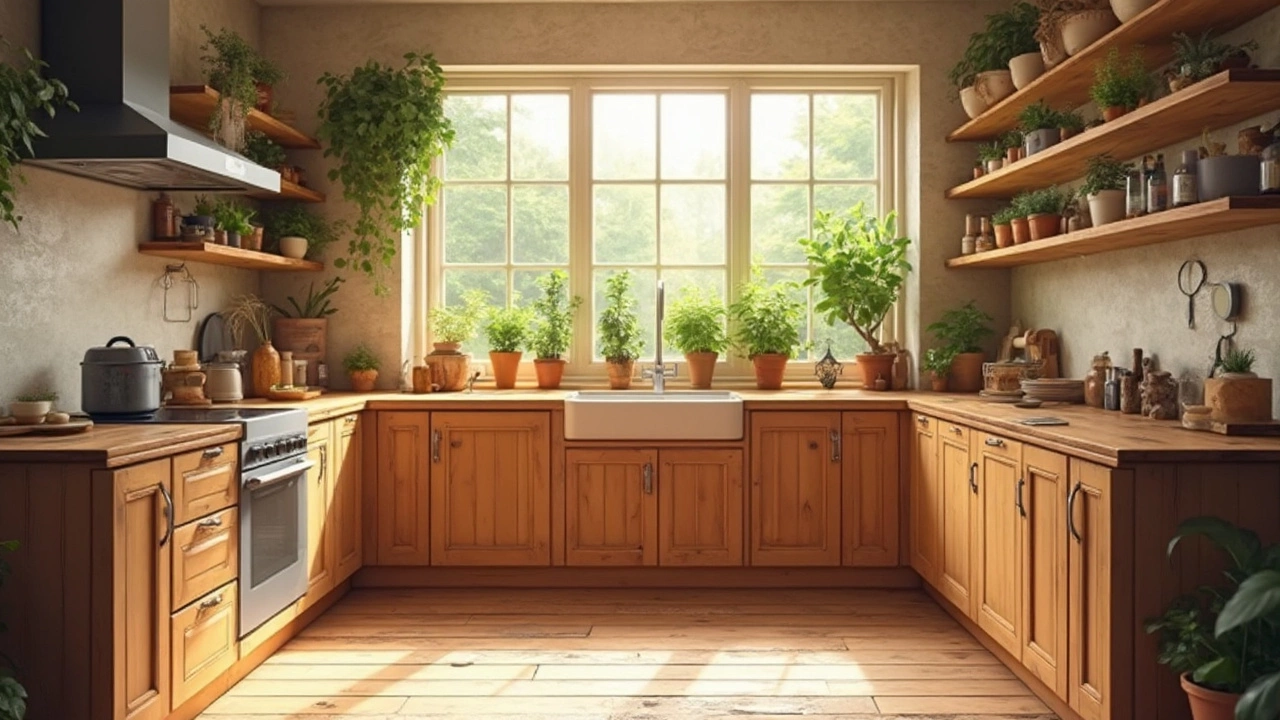Green Building Guide for the UK: Practical Tips for Sustainable Projects
Everyone’s talking about greener homes, but the real question is how to actually make a building more sustainable without getting lost in jargon. Whether you’re a first‑time builder, a renovator, or just curious about eco‑friendly upgrades, the steps below will give you a clear path from planning to finishing. We’ll keep it simple, focus on what matters most, and skip the fluff.
Understanding UK Planning Rules for Eco‑Friendly Homes
The UK government’s Future Homes Standard is set to roll out in 2025, and it changes the game for new builds. The rule requires high‑performance insulation, low‑carbon heating, and a limit on embodied carbon. Before you draw up designs, check your local council’s guidance – many areas already have stricter rules for heat‑pump installations or solar panels. A quick phone call to the planning office can save weeks of re‑work later. If you’re converting an existing cottage, you’ll usually need a separate “energy‑efficiency” assessment, which highlights where draught‑proofing or double‑glazing will give the biggest payoff.
Choosing the Right Green Materials
Material choice is where you see the biggest impact on both cost and carbon footprint. Timber from certified forests, straw‑bale insulation, and recycled brick are top picks that also look great. For foundations, consider low‑carbon concrete blends that replace a portion of cement with fly ash or slag – the reduction can be up to 30 % in CO₂ emissions. If budget is tight, start with the envelope: insulated walls, airtight sealing, and a good quality roof membrane. These upgrades cut heating bills dramatically and earn you points toward UK’s Energy Performance Certificate (EPC) ratings.
Don’t forget about the finishing touches. Low‑VOC paints, natural flooring like cork or reclaimed wood, and water‑saving fixtures reduce the ongoing environmental impact. Many suppliers now offer kits that bundle these items, so you can order everything in one go and keep waste to a minimum.
Finally, think about the long term. A well‑designed green home should stay comfortable for decades, even as energy prices rise. Installing a smart thermostat, monitoring energy use via a simple app, and planning for future solar expansion are cheap ways to future‑proof your investment. By tackling the big items first – planning compliance, insulation, and low‑carbon structural materials – you set a solid foundation. The smaller, aesthetic choices then become easy add‑ons that enhance comfort and keep the home healthy.
Ready to start? Grab a notebook, list the three biggest sustainability goals for your project, and match each goal with a concrete action from the guide above. One step at a time, you’ll turn the idea of a green building into a real, livable space that works for your budget and the planet.
Eco-Friendly Homes: Building a Sustainable Future
Discover how to make your home eco-friendly and sustainable with practical tips on choosing materials, saving energy, and living green. Learn about renewable energy solutions, sustainable building practices, and how to incorporate nature into your living space. Explore the latest trends in eco-friendly home designs and understand the environmental benefits of going green. Get inspired to transform your living environment into a model of sustainability and gain insights into reducing your carbon footprint. Start your journey to create a more environmentally friendly home today.
